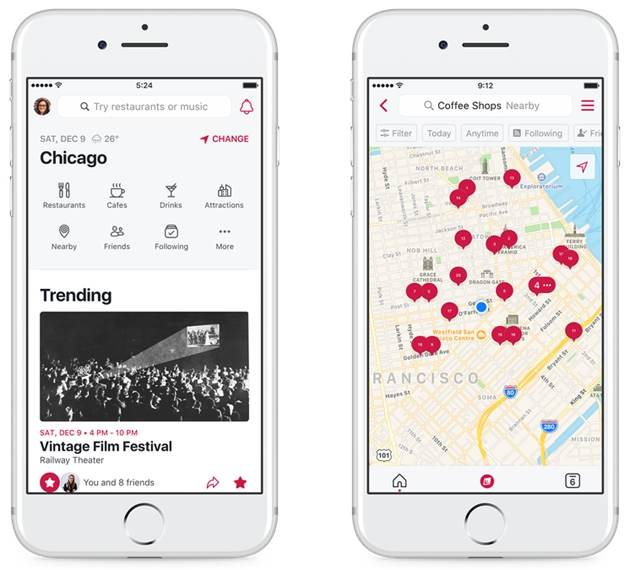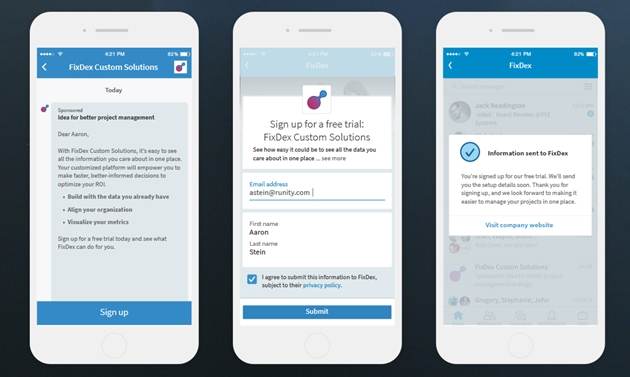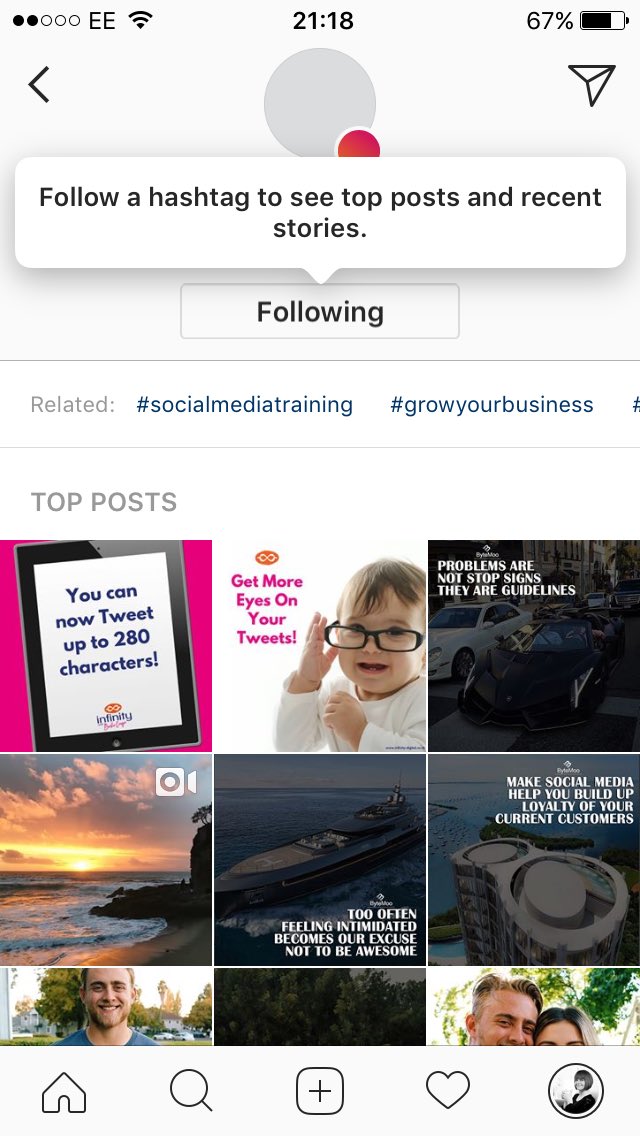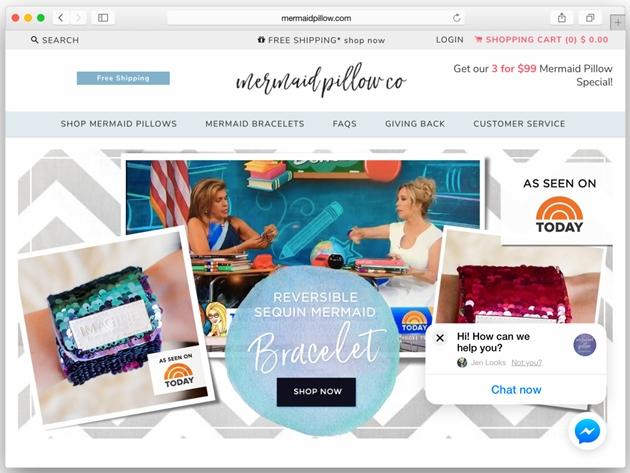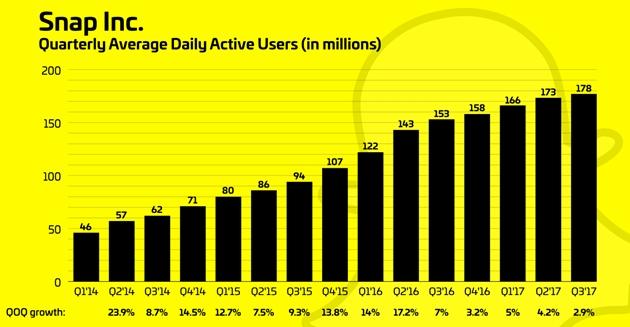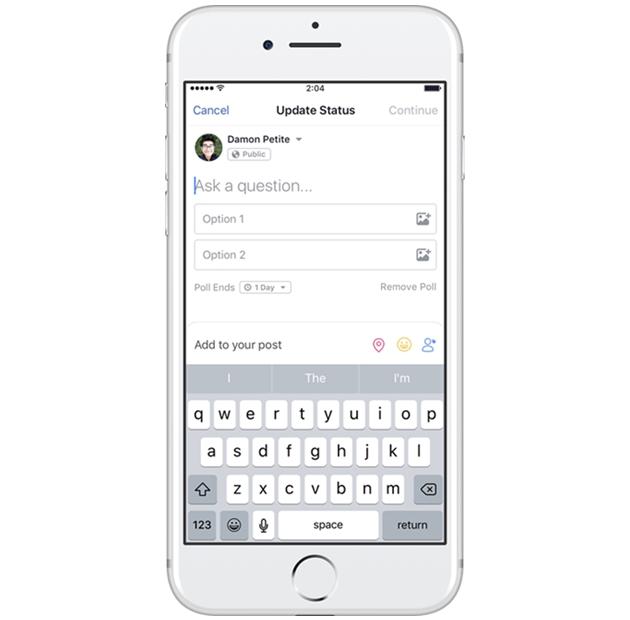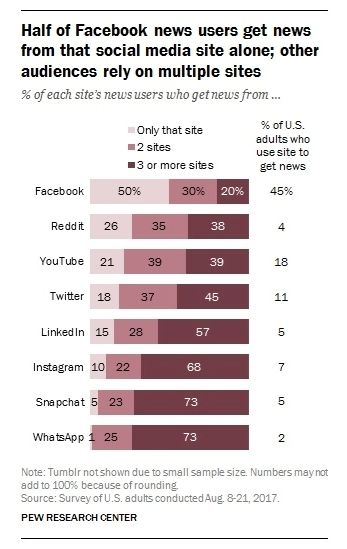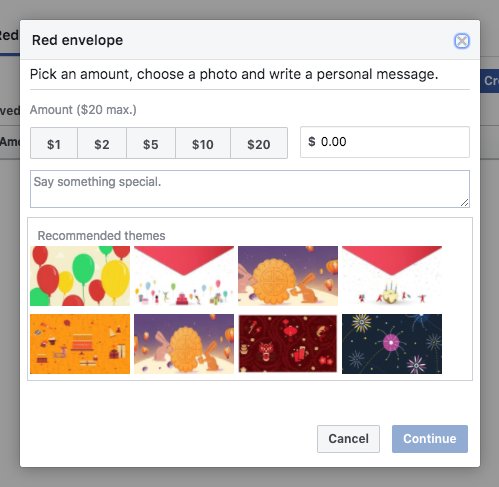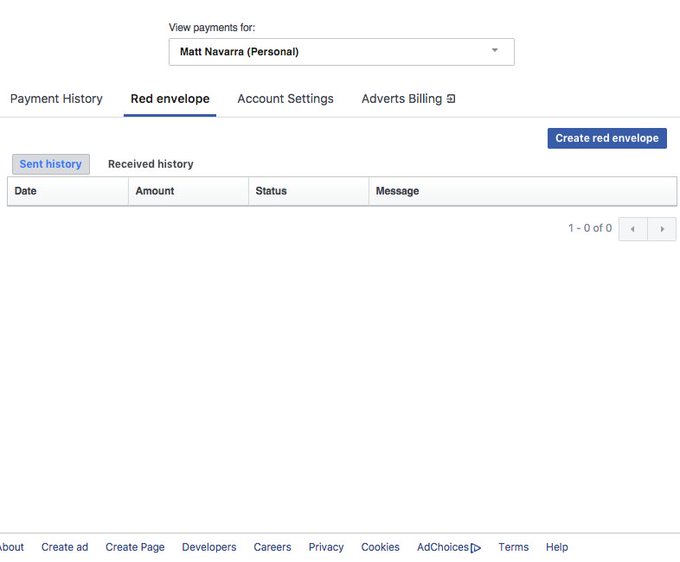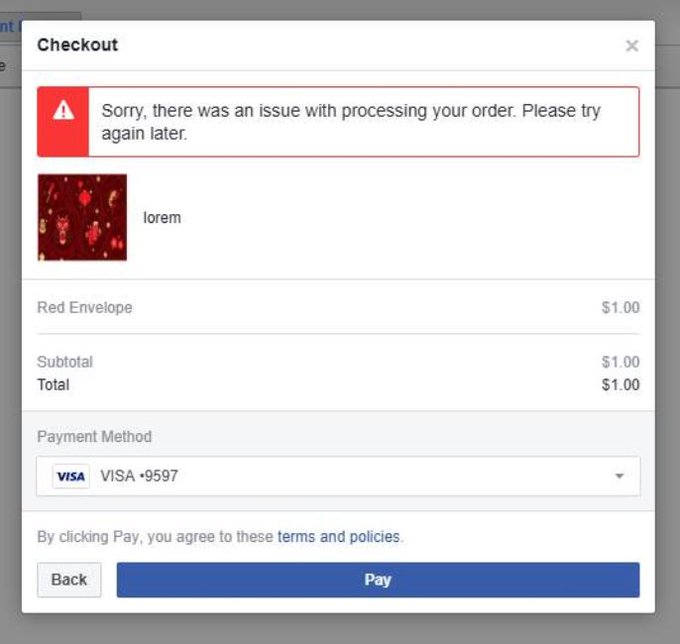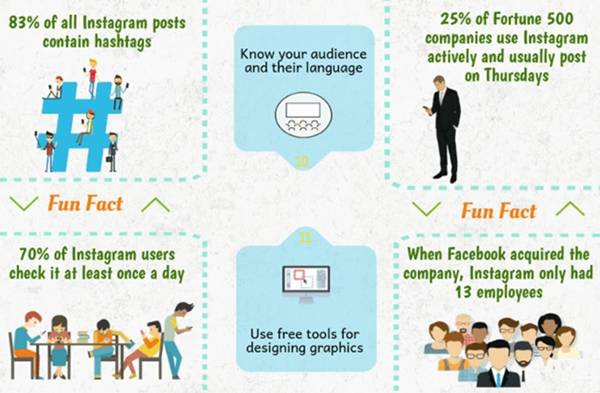This week's 'Skim: Facebook courts video creators away from YouTube with a dedicated app; Google's new social search feature could win over small business from Facebook; Facebook tests total VR experiences within News Feeds; a handy guide to social selling on LinkedIn; where social video's going in 2018; the convincing reason podcast listeners could be your next influencers; seven ways to maximize social media this holiday season; and much more...
Skim to step confidently into the holiday rush!
1. Facebook courts video creators with new app
As part of Facebook's continued push into video, it's launched a new initiative to convert YouTube creators into Facebook fans. The social network launched a standalone mobile app on iOS (Android's soon to come) called Facebook Creator to help creators stream live video, update their Stories, message across Facebook's different platforms, and dive into their videos' performance.
Why not just stick with the main Facebook app? Creator lets producers create custom intros and outros for their Facebook Live streams; it has a feature to take and edit photos before posting them to Stories; and it boasts a unified inbox for comments on Facebook and Instagram and messages from Messenger so you don't have to jump around your phone's home screen to respond to everyone.

2. 'Posts' could be Google's best attempt at social yet
Google sells Posts simply as a new way to share relevant, fresh content with the people who are searching for you, but with 82% of people turning to search engines to get local information, the Internet giant's new social capability could make it more important to small businesses than Facebook.
Posts surface within Google Search and Maps results themselves, and businesses can include images, GIFs, videos, text, titles, start and end dates for events, and call-to-action buttons to serve timely, relevant content to users who are already invested in their search.
Whether for your promotions, specials, events, or product showcases, Google just opened a whole new world of search for local businesses. Will you take advantage?

3. Facebook tests VR experiences within users News Feeds
Your branded Facebook content just got a lot more exciting, and virtual reality really might be the next big thing for 2018. Facebook this week used the release of the upcoming Jumanji film to showcase its new VR 360 experience directly in News Feeds. Users are able to take part in a Jumanji-themed scavenger hunt and roam around the jungle—either with a VR headset or via 360 degree video.
The social network has opened up developer tools so brands can partake in building virtual worlds, and some have already done so—from a USA Today walkthrough of a Kentucky distillery to a tour of the British Museum. Check out how brands have engaged so far.
4. A guide to social selling on LinkedIn
It might be the most important social platform for B2B marketers out there, but taking a clumsy approach to social selling on LinkedIn by treating it like all other social marketing can cause more harm than good. Social selling requires fostering one-on-one relationships, and your success at assisting quality leads down the purchase funnel can be measured with LinkedIn's Social Selling Index performance metric.
From taking your connections off LinkedIn and into the real world, to fully optimizing your profiles, to identifying active LinkedIn users to pitch and using plugins to automate activity where possible, mastering social selling on the platform can create up to 45% more selling opportunities and makes you 51% more likely to hit your quota. Why not take the advice offeredby the Forbes Coaches Council?
5. Everything you need to know about where social video is going for 2018
Video now accounts for 69% of all Internet traffic. And with next-generation 5G wireless networks hitting the market in 2019 and 2020, important trends are shaping up that will undoubtedly affect how your brand approaches social video.
VentureBeat takes an in-depth look at just what you can expect: more six-second ads that tell your story; more advertising on Netflix; more midroll ads, more reliable analytics; more personalization of video ad content; and more mobile video consumption, mobile VR, and more of more.
6. Why podcast listeners could be the next big influencers your brand needs
A new report indicates that podcast super listeners could be the most influential group of tastemakers your brand needs. With over 67 million people tuning into podcasts each month, and super listeners among those rating podcasts just behind national newspapers in terms of trustworthiness (social media came in last), could the listening format be a valuable tool for your business?
Choosing the right message and reaching your super listeners several times is key to courting these influencers, but once that's done, 75% of them do end up taking action. Magnify the endorsements of those ambassadors on social channels, and podcasts could play an integral part in your influencer marketing arsenal.

7. Seven ways to maximize social media this holiday season
November and December mark a rush to the finish line for many businesses as they kick off end-of-year holiday promotions, and social media can be a marketer's and advertiser's best friend in helping achieve their goals.
From defining your wish list, to knowing the people on your nice list, to giving the gift of relevance, and more, a MarketingProfs article offers seven ways to help your brand conquer the holiday rush.
8. We'll wrap with Twitter's new role of policing users' behavior off the social network
Apparently, giving a white supremacist a verified checkmark on Twitter can lead to a lot of headaches. After a row for granting, and then taking away after user backlash, Twitter's blue verified checkmark to the man responsible for organizing the Charlottesville rally, the social network revised its verification guidelines. In having done so, it may cause a lot more backlash in the future.
Twitter's new policy includes the company's right to take away, without notification and at any time, verification based on behaviors on or off Twitter. That's right, Twitter now has to monitor not only what verified accounts of doing on their platform, but also play police for any activities those users partake in offline. That's a huge burden, and we're not sure it's ready for it.

